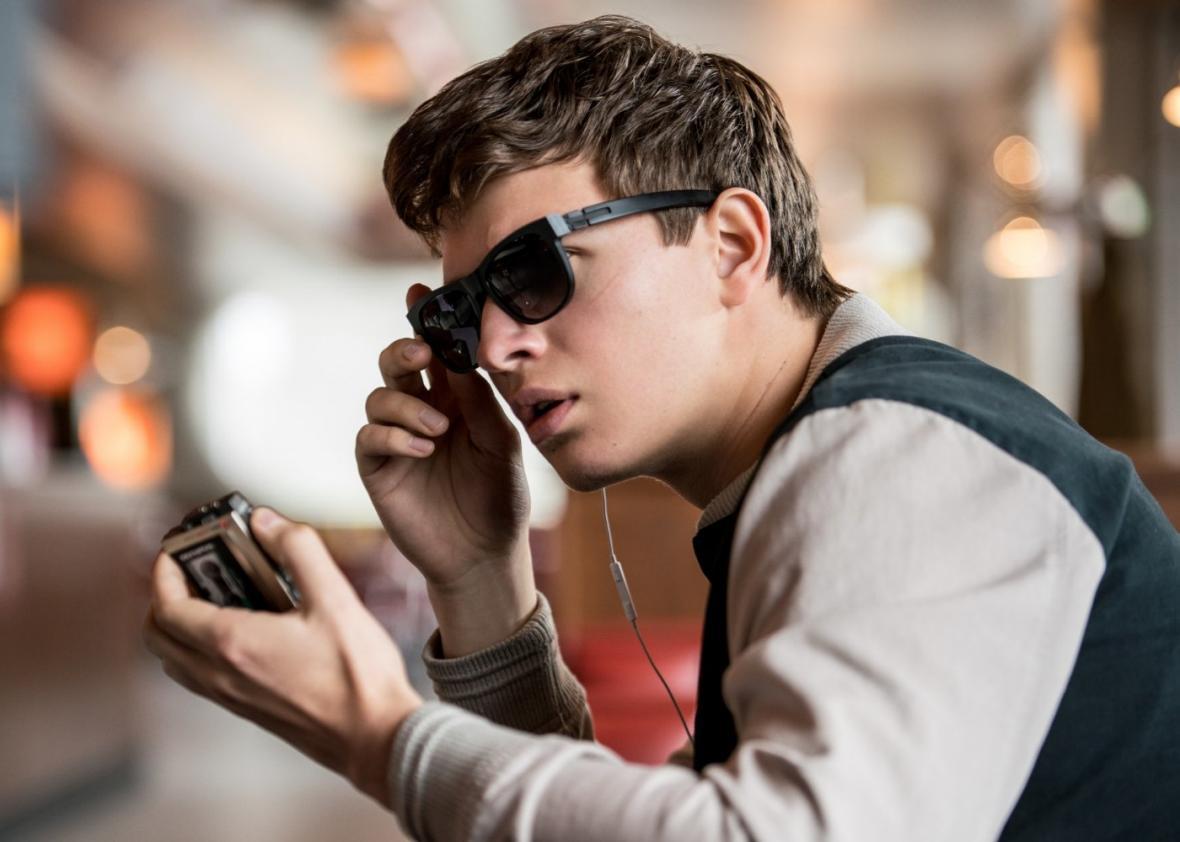There’s a certain class of public figure whose face routinely gets described as “punchable.” He’s usually male; though arguably society shouldn’t be encouraging the punching of anyone (with possible exception for Nazis), good etiquette would seem to indicate that women are considered the less punchable sex. The guy with the punchable face is usually white; it’s hard out there for white men lately, in case you hadn’t heard. He’s usually young, too: What’s more annoying the know-it-all grin of impetuous youth? In addition to the privilege that being young, white, and male already affords him, he of high punchability often has a look that somehow scans as extra-privileged, a mouth seemingly born with a silver spoon in it.
Martin Shkreli, Scott Disick, Ryan Lochte, Miles Teller, Justin Bieber, Eric Trump, and Donald Trump Jr.: All these men fit the aforementioned criteria and have been described by at least one, and often many, press outlets as being in possession of punchable visages.
The most recent addition to these ranks is Ansel Elgort, 23, who broke out as the goofy-gangly-cute (post-adorkable?) male lead in the teen cancer schmaltzfest The Fault in Our Stars a few years ago. Several biographical details have always have always carried a faint whiff of punchability. First off, there is his moonlighting as an EDM DJ; his DJ alter-ego is, I’m sorry to say, Ansolo, but it is no better when he releases music under his own name—the cover art for his single “Thief” is an awful sight to behold, a tableau of unironic douchiness. Backgroundwise, he’s an upper-crust New Yorker: He went to the Fame high school, and his father is a fashion photographer. These facts, combined with his capacity to give crazy quote, all added up to a certain impression. In 2015, Pajiba cited Elgort’s mug as punchable; the site did it again just days ago, this time upgrading to “uber-punchable.” The Ringer joined the fray too, writing that Elgort “has flown past Shia LaBeouf and Miles Teller for the top spot on my list of Inscrutably Talented Actors with Highly Punchable Faces and Swag-less Swag.” So what exactly makes a face punchable? What could Elgort, Bieber, and Eric Trump possibly have in common?
The beauty of the punchable designation is that it sounds almost like an impartial fact. In Ansel’s case: Eye color? Brown. Height? 6 foot 4. (Ugh.) And face? Punchable. Last year, ThinkProgress endeavored to find out if there was a scientific explanation for what made Shkreli’s face so punchable. One psychologist interviewed for the piece posited that calling Shkreli’s face “punchable” is satisfying because it frames it as an objective truth: “When you say Martin’s face needs a fist, it seems as if the feature is out there, in Martin, and it’s objective,” the psychologist said; that “motivational” quality transfers the emotion from you to Shrkeli. It’s not that he makes you angry enough to want to punch him but that he simply needs to be punched, by anyone, as soon as humanly possible.
Shkreli seemed to reach his most punchable state when he was testifying before Congress in 2016, captured on camera looking exceedingly pleased with himself. Punching him wouldn’t have accomplished much—Shkreli would still be the guy who became a public villain for raising drug prices to exorbitant levels—but it would at least temporarily wipe that look off his face. LaBeouf’s punchability numbers have spiked around his arrests for public shenanigans and attempts to parlay his acting career into a series of “performance art” stunts—you may recall that last year it got so bad that a New York City man got punched on the street for the crime of simply resembling LeBeouf. Justin Bieber has similarly fallen victim to brushes with the law that seem to emphasize his youth and privilege. Ryan Lochte went from loveable goon to international disgrace somewhere around the time his lies about getting held up at gunpoint during the Rio Olympics started to blow up in his (punchable) face. For Miles Teller, the early promise of a critically acclaimed performance in an awards-season darling was undercut by a disastrous magazine profile and a colossal box-office flop. And obviously the Trump sons are beady-eyed paragons of smugness.
There is a relationship, then, between punchability and self-knowledge. Misbehaving so badly when they have the advantages that they do is what tends to raise the public’s hackles. Can they all be so blithely unaware of the tiredness of the “bad boy” trope, or the many overgrown babies who have already trod this ground? And yet they continue to smirk.
With the release, and success, of Baby Driver, the tide on Elgort, at least, may be turning. As New York magazine’s the Cut put it in a recent headline, “Baby Driver Will Make You Forget That You Hate Ansel Elgort.” Surely a film can’t, without the aid of computer-generated imagery or special effects, alter the bone structure of a well-known actor such that your fist is less attracted to his face. Yet if you enjoyed Baby Driver—and with a 97 percent Rotten Tomatoes rating at the moment, it seems like a lot of critics did—the movie certainly helps recontextualize him.
In the film, it’s clear that some of the other characters find Baby’s face punchable. Baby wouldn’t keep so many spare pairs of sunglasses on him if people like Jamie Foxx’s Bats weren’t always yanking them off him in exasperation. Where he previously came off as annoying because it seemed like he found himself just so charming all the time, now he’s taking a chance on playing a character who’s cool, it’s true, but a little less obviously flattering to his self-image. Above all, in shrewdly choosing to play a punchable character, he’s demonstrating that most unpunchable trait: self-awareness.
